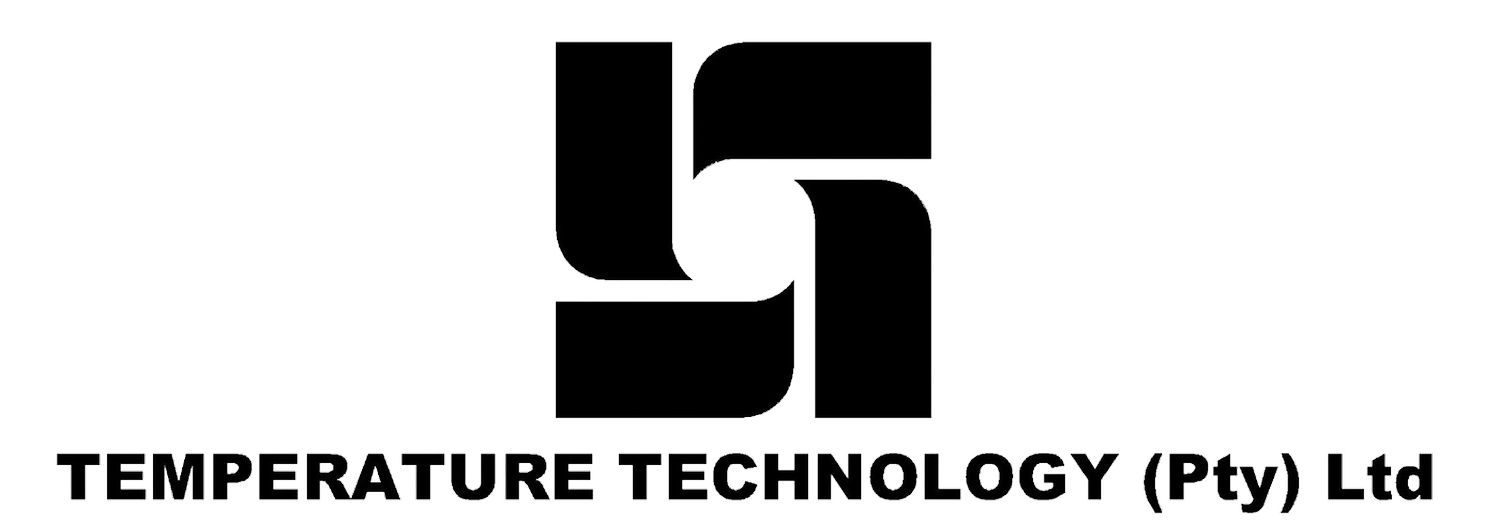Embracing VRF Systems in South Africa: Revolutionising Climate Control for Efficiency and Comfort
In the dynamic climate of South Africa, achieving indoor comfort efficiently and sustainably is more crucial than ever. This is where Variable Refrigerant Flow (VRF) systems come in, offering a cutting-edge solution for heating, ventilation, and air conditioning (HVAC) needs.
What is a VRF System? VRF technology, a sophisticated HVAC solution, uses refrigerant as the cooling and heating medium. This system stands out for its ability to send varying amounts of refrigerant to different areas or 'zones' within a building. This capability allows for precise temperature control, making VRF systems particularly suitable for South Africa's diverse climate and varied building layouts.
Key Benefits in South Africa:
Energy Efficiency: In a country where energy conservation is vital, VRF systems shine. They optimise energy use by adjusting the refrigerant flow based on real-time demand, leading to significant reductions in energy consumption and utility costs. This feature is particularly beneficial given South Africa's energy tariff structures and the push towards greener energy practices.
Customized Comfort: The ability to control individual zones means that each room or area can have a tailored climate. This adaptability is ideal for the mixed-use buildings common in South African cities, where the needs of residential, commercial, and office spaces can differ widely.
Space-Saving and Aesthetic Design: VRF systems are known for their compact, modular design. This is a substantial advantage in urban South African settings, where space can be limited. The systems are discreet and can be integrated seamlessly into various architectural styles, preserving the aesthetic integrity of buildings.
Reduced Environmental Impact: By using less energy, VRF systems align with South Africa's growing focus on sustainable development and environmental responsibility. Their increased efficiency translates into a lower carbon footprint, a significant step towards combating climate change impacts.
Long-Term Cost Savings: While the initial investment in a VRF system may be higher than traditional HVAC systems, the long-term savings are considerable. Lower energy bills, coupled with reduced maintenance costs due to fewer moving parts and a simplified design, make VRF systems a financially sound choice in the long run.
Quieter Operation: VRF systems operate much more quietly compared to conventional HVAC systems. This feature enhances comfort in noise-sensitive environments such as residential areas, hospitals, and office buildings.
In conclusion, VRF systems represent more than just an HVAC option in South Africa; they are a strategic investment towards a sustainable, comfortable, and cost-effective future. As South Africa continues to navigate its unique climatic and energy challenges, VRF technology stands out as a beacon of innovation and efficiency in the realm of climate control.
